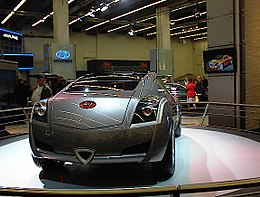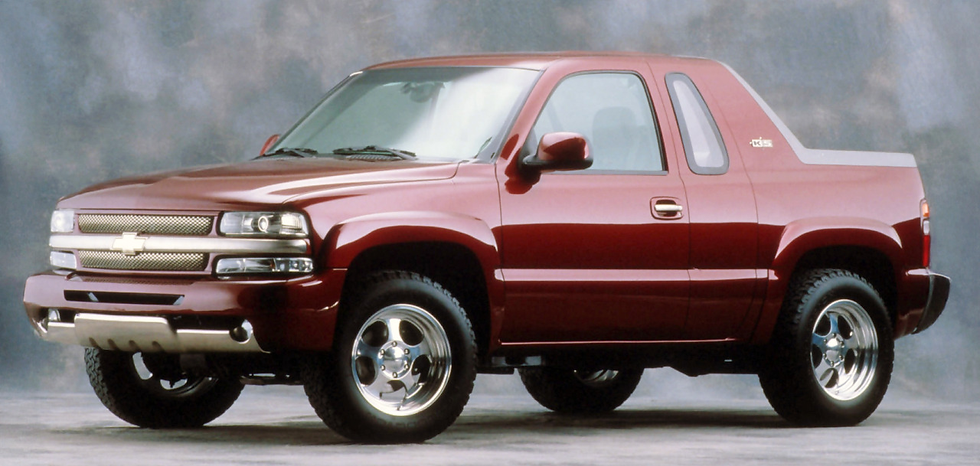2001 Hyundai Clix Concept
- Story Cars

- Feb 29, 2024
- 2 min read
At the Frankfurt Motor Show in 2001, Hyundai Motor Company introduced the Hyundai Clix Concept, a groundbreaking Compact Four-Wheel-Drive 2+2 Sports Coupe. This concept marked its global debut as a design study executed by the European Design Center of Hyundai Motor Company in Frankfurt. On the surface, the Clix presented itself as a traditional sports coupe, but it went beyond appearances. The Clix was a true "Crossover," seamlessly blending the dynamic handling characteristics of a sports coupe with elements of a pickup and Sport Utility Vehicle (SUV).
The Clix, a pioneer in the category of Fun Activity Vehicles (FAV), exemplified the design philosophy of "Fun Follows Function." Hyundai's European designers crafted a vehicle that embraced functionality and flexibility, introducing a new dimension to the driving experience. The design incorporated a transparent roof composed of four separate panels driven by a high-tech opening mechanism. This innovation allowed the Clix to transform rapidly from a coupe to a Targa, a cabriolet, and finally to a pickup, with the roof panels cleverly stored under the rear seats.
With dimensions measuring less than four meters in length (3,959 mm), a height of 1,300 mm, and a width of 1,738 mm, the Clix featured a solid wheelbase of 2,450 mm to ensure stability at high speeds. Propelled by a direct-injected, four-cylinder, 2.2-liter petrol engine producing 300 hp, the Clix utilized permanent four-wheel drive, 19-inch alloy wheels, and a sequential six-speed transmission for efficient power transfer.
Targeting a dynamic generation of thirty-somethings, the Clix catered to individuals who sought a vehicle aligning with their active and diverse lifestyles. The concept acknowledged the demands of their weekday jobs, providing them with the opportunity to fully enjoy their hobbies and sports during the weekends.
The interior of the Clix showcased technological innovation, featuring electric folding rear seats that created a flat loading surface when transformed into a pickup. The high, horizontally hinged boot lid further enhanced the pickup's functionality. The vehicle opted for cameras instead of traditional rear-view mirrors, contributing to favorable aerodynamics.
Wind guides under the light clusters, spacious interior feel with slim sporting bucket seats at the front reinforced with aluminum armatures, and clearly laid-out instruments underscored the futuristic and functional design of the Clix. The driver-focused three-zone instrument panel provided essential information, while the central console housed controls for the transparent sliding roof and other essential functions.
In essence, the Hyundai Clix Concept represented a pioneering approach to automotive design, blending form and function to create a versatile and engaging driving experience.
Source & Images: Hyundai














































Comments